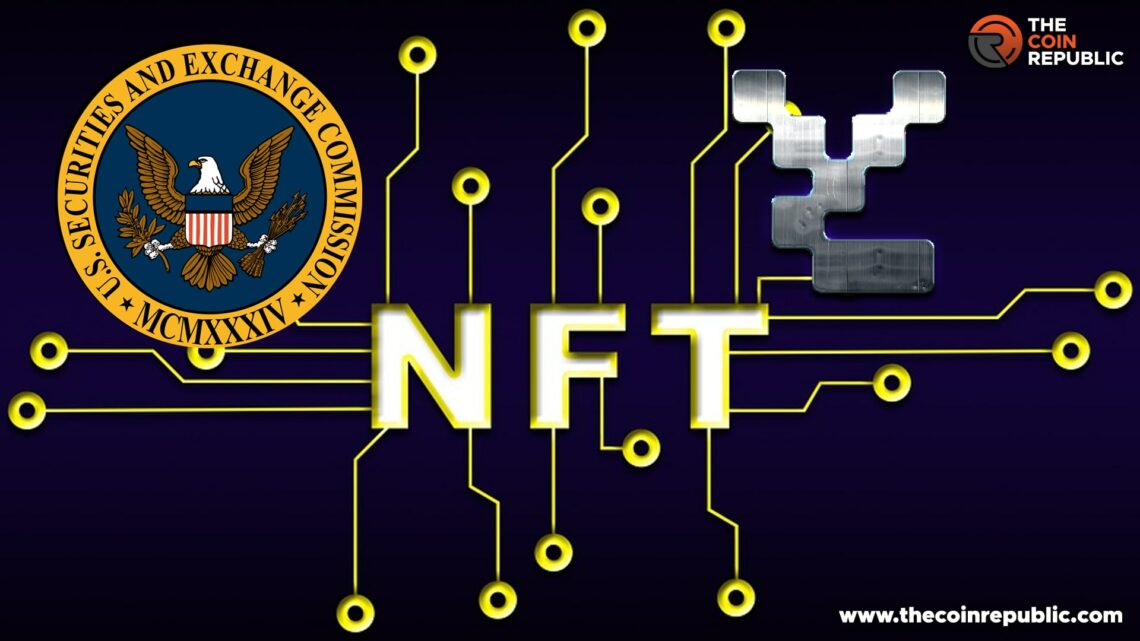- Generative Art NFTs are several algorithmically generated tokens on blockchains.
- Roots of the concept go back to the 1750s.
- It uses artificial intelligence and machine learning to create the artworks.
A New Age of Artistic Field
Art has a history beginning since people evolved from a primitive man to a sensible human being. The world has witnessed some of the greatest artists who offered priceless pieces of their work which have rested well in the lockers of our hearts. With the evolution of technology, the art form has transformed. Where people made a painting manually, they can make it within minutes via generative art.
Generative Art depends on artificial intelligence and machine learning. It can offer unique art pieces through the combination of data fed by a user. NFT collections on blockchains presents a great example of this art form. Though a popular collection Bored Apes Yacht Club (BAYC) cannot be considered as generative art, it uses a similar algorithm. They are basically 10,000 algorithmically generated images of Apes created via a combination of various expressions, clothing, accessories and more.
The concept rose to prominence during the 1960s. Margaret Boden and Ernest Edmonds noted the term with respect to the automated computer graphics beginning with an art piece created by George Nees. Another artist Harold Cohen created AARON, a collective name of computer programs centered around creating random and anonymous art.
If you are still wondering, Generative Art goes beyond the rationalities of drawings and paintings. It can range from audio art to visual art. The concept was used by Johann Phillip Kirnberger in 1757 during a Musical Dice Game, establishing the origins of the notion. The players in the game used a dice to choose a certain musical sequence.
Harold Edmonds came up with the idea during a visit to University of San Diego. He saw some computer scientists punching cards, feeding it to a machine and watching a unique card come out of the machine. He then used the notion and applied it in computer programs which he called “turtles.”
Coming back to the present, Generative Art has become one of the essential elements in the NFT sector. Art Blocks remain the greatest example in the sector, it allow the creators to come together and feed their artworks to the collection. Ezra Miller (Yes, The Flash, That’s Right) created Solvency, 500 digital collectibles created using WebGL.
Is Generative Art Helpful?
Sure it is an interesting concept and is helping the artists in several ways. The concept also offers the new entrants to create and offer something unique to the viewers and the community. But we need to ask this question, is it killing the most vital element of an artist? What is it by the way? It’s CREATIVITY!!!
AI and machine learning are revolutionizing the world, but their dependency on outsourcing data makes them less competent. Here is one thing that Artificial Intelligence cannot do, it cannot step out of the box like humans do, and it never will be. Sorry tech enthusiasts, but that’s the truth.
Anurag is working as a fundamental writer for The Coin Republic since 2021. He likes to exercise his curious muscles and research deep into a topic. Though he covers various aspects of the crypto industry, he is quite passionate about the Web3, NFTs, Gaming, and Metaverse, and envisions them as the future of the (digital) economy. A reader & writer at heart, he calls himself an “average guitar player” and a fun footballer.


 Home
Home News
News






